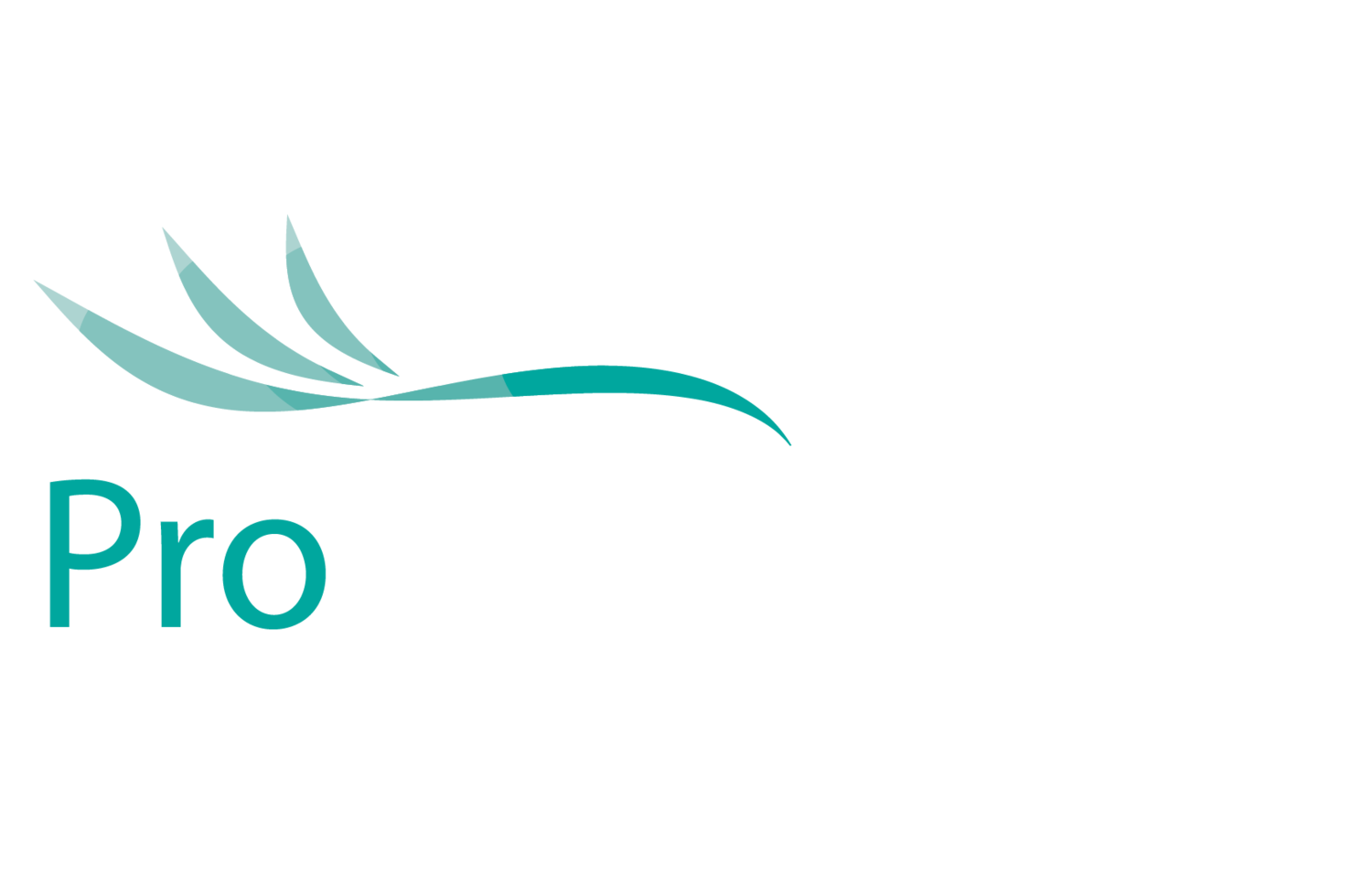Forage outlook winter 2021
MANAGING FORAGE QUALITY
Manage and monitor forage quality throughout the feeding period to ensure sufficient nutrients are delivered to the animal and overall profitability is maintained.
Managing variable forage quality
Forage is one of the most variable and changeable components in dairy rations, with inconsistent growing conditions adding to the already inherent nutritional differences between 1st to 3rd cut grass silages. It is also becoming increasingly common in modern feeding systems to include maize, wholecrop and other forages. The variable nutrient content and digestibility of these forages at the point of feeding, adds to the difficulty in obtaining a stable ration. Therefore, it is crucial to manage and monitor forage quality throughout the feeding period to ensure sufficient nutrients are delivered to the animal and overall profitability is maintained.
Many units will now be feeding a mixture of grass silage cuts alongside one another so it is important to account for the differences in key parameters to avoid performance dips. Table 1 provides an example of the difference in nutritional composition across different grass silage cuts. The change of 0.77MJ/kg DM alone equates to over 1 litre of milk, based on the grass silage being fed at 10kg DM/day.
Despite these differences in energy intake and the potential impact on milk yield or daily live weight gain, what is often overlooked are the challenges such variances place on the rumen environment, especially when the quantity of each cut provided varies daily.
Rumen adaption:
When any ration change is made, both the rumen lining and the microorganisms must react and adapt to best utilise the nutrients provided. Unfortunately, this can be a slow and variable process, taking between 5-21 days dependent on the degree of change and the prior health of the animal. Therefore, it is desirable to maintain a stable ration to preserve a healthy population of fibre-digesting microbes to optimise the rumen and feed efficiency.
The average difference in nutritional composition between 1st and 3rd cut 2020 grass silages
At farm level, achieving a balanced and stable ration is difficult when the nutritional composition of silages varies not only across cuts (Table 1) but within cuts as well.
There is also the additional challenge of providing the cow with the same quantity of each cut because in practical terms this is not always possible.
To give an example of this, a producer levelling a clamp face may include an extra couple of grabs of 3rd cut in a TMR when it had previously been 1st cut.
Unbalanced rations:
In addition to the challenges presented by the inconsistency of the silage provided, this season’s silages have tended to have higher NDF content due to the delayed cutting season. Forages with high NDF tend to have a lower energy content, meaning that more concentrates are included to compensate for the energy deficit. This is of particular importance in higher performance animals where production will drop if energy intake is limited.
However, as the rumen microorganisms prefer fibrous feed sources, adding more highly fermentable carbohydrates can further challenge the stability of the rumen environment leading to reduced feed efficiency and performance. Taking the rumen adaptation period into account and the inconsistency of the ration provided, what can we do to help optimise animal performance, feed efficiency and rumen health?
Analyse forage regularly:
As previously highlighted, there is variability across and within cuts, emphasizing the importance of analysing forages regularly to ensure that the ration is balanced to the cow’s nutrient requirements.
Our 2020 Handheld NIR results show the range in NDF% and ME (MJ/ kg DM) across 1st, 2nd and 3rd cut grass silages, with ME decreasing and NDF increasing across cuts (figure 1). These results are an average of 1101 samples, providing a good representation of grass silage ME and NDF content seen this winter.
Therefore, at farm level when analysing forages, it is important to take a representative sample from across the clamp face to account for variabilities e.g. field differences. If more than one cut is being provided at once, for example, 70% first cut and 30% third cut, then the analysis results should be amended to account for the inclusion levels.
Stabilising the rumen environment:
The animal produces its own natural buffer (saliva) as a by-product of cud-chewing. However, the buffering ability is insufficient when highly fermentable energy sources are included in the ration, especially when provided alongside variable silages. Therefore, it is essential to help the cow maintain a stable rumen environment through the synergistic addition of Vistacell live yeast and Acid Buf rumen buffer. Vistacell improves feed efficiency by encouraging the growth of fibre-digesting microbes, whilst Acid Buf aids the maintenance of an optimal rumen environment.
A study carried out at Schothorst Feed Research Centre showed the additional benefits to cow performance when Vistacell and Acid Buf were included together.
Whilst the addition of Vistacell alone reduced the time the rumen fluid spent below the sub-acute ruminal acidosis (SARA) threshold (pH 5.5) (Figure 2), resulting in improved fat-corrected milk (FCM) yield and butterfat production (Table 2).
It was the combination of Vistacell and Acid Buf that showed the greatest improvement over the control to both rumen function and production parameters.
The combined inclusion resulted in a 4.85% improvement in FCM (kg/day) together with a 3.77% improvement in feed efficiency (kg FCM/DMI kg/day).




